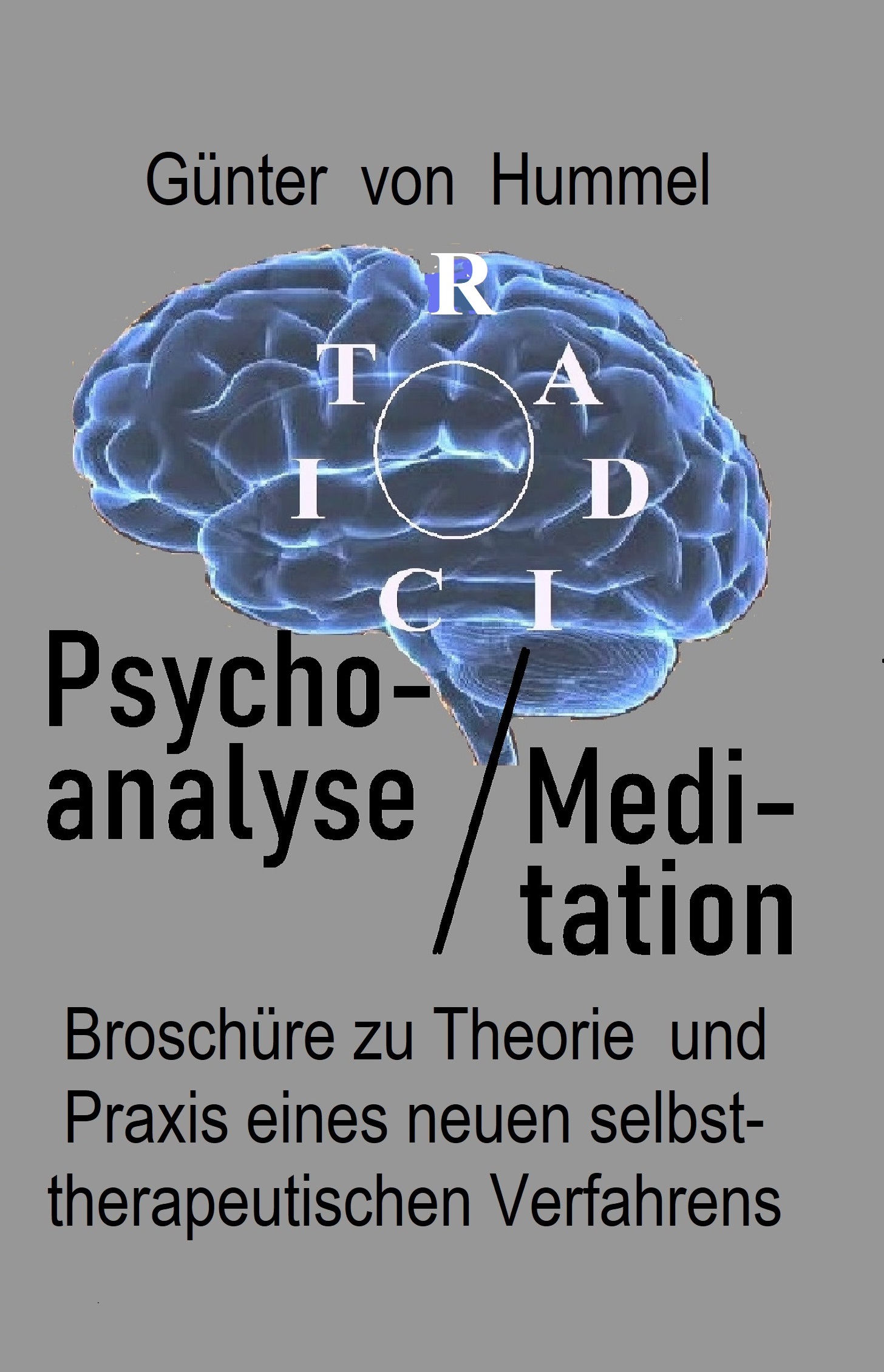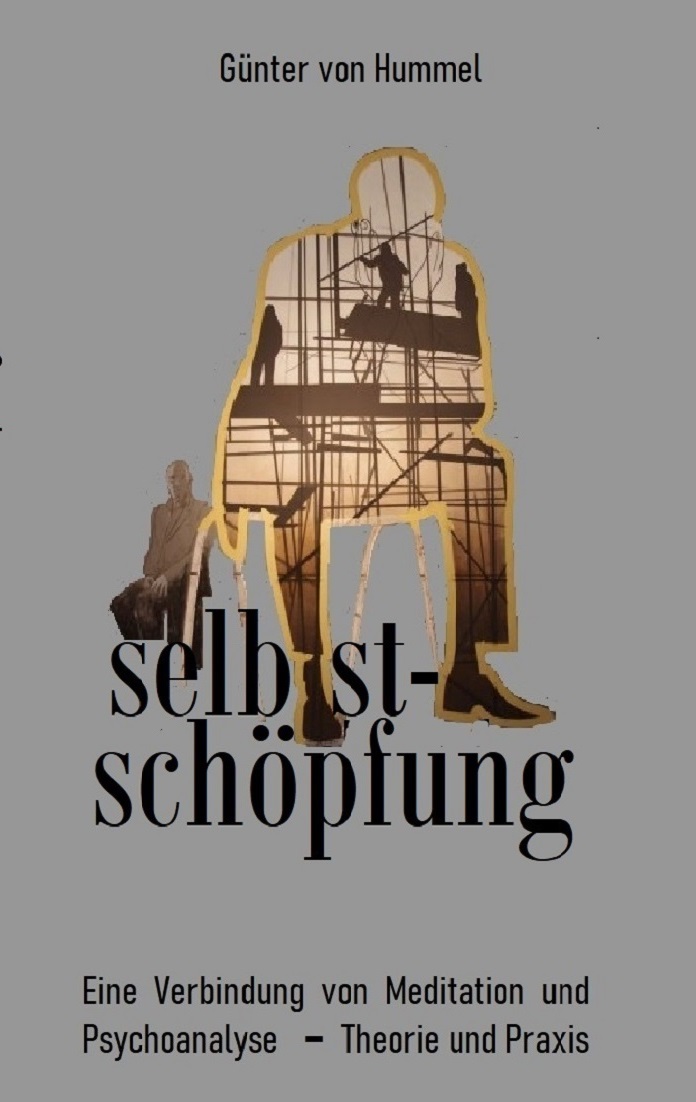Why speak of the 'sun, moon and stars'? In Surat Shabd yoga the individual is often in a kind of self-analysis which bears danger of him overlooking his own resistance to analysis.1 This calls for a strict guideline, namely to concentrate on simple symbols, such the sun, moon and stars.
"The first symbols, natural symbols, evolved from a certain number of determining images - from the image of the human body, from the image numerous clearly visible objects, such as the sun, the moon and others more. And this is what awards importance to human language, is motivational and includes emotional vibration.
Is such imagery homogenous to symbolisms? No!"2 Sun, moon and stars are so vivid, determining, meaningful images (SHINES), that they act as catalysts for the transition of the symbolisms (SPEAKS). And just because transition occurs, or even transgression, it is here where the Other appears, the individual's own 'being other than' as if it were someone. An individual less meets his 'master' here, nor Guru Nanak nor anyone else, but rather the Other in the form of intense attention and leads to manic exaggeration.
Here lies one half of the mystery of Surat Shabd Yoga. The Other - as stressed above - concerns substantial relevance, or a symptom beginning to speak, up to the point where the Other's confirmation, request, or 'order' appears, as will be shown later on. It is only at this point, that self-analytic resistance to analysis is alleviated.
There is a SHINES in the guru's 'gaze-image' that signifies a primal repression. Primal repression was merely a theoretical prerequisite of the usual repression for Freud. He thought it to be an "anti-cathexis", meaning a first psychic process, or first emotional picture is mentally replaced, or occupied, by an opposite one. But, it already is a mental, libidinous process. It tilts a bit, switches to and fro. 'Switching', meaning: IT SHINES.
1 König, K., Selfanalysis, Vandenhoeck & Ruprecht (1994) Page 99
2 Lacan, J., Seminar II, Walter (1980), page 388


